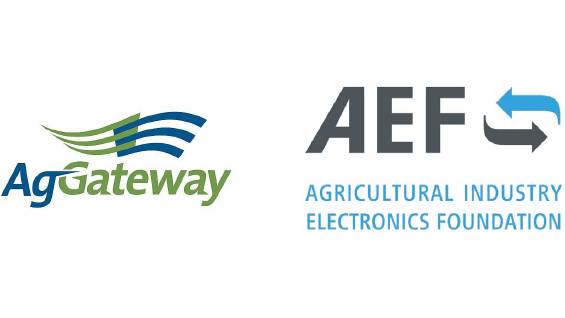5G-NR Technology Poised to Optimize Agricultural Irrigation Systems
Monitoring infrastructure and irrigation water consumption in agriculture will become commonplace in the coming years. Remote metering and smart irrigation will be two of the key elements in irrigation associations to help them achieve efficient water resource management. The use of these technologies makes more data available for analysis, whose integration is essential for decision-making.
5G-NR is set to transform water management as it is a much faster technology. This, together with its low latency, brings high-speed data analysis in real time. In addition, it can work with millions of sensors per km2, which guarantees the coexistence of smart metering with the implementation of other intelligent devices. This technology is also very useful in remote areas, where it is often difficult to obtain data in real time, according to the multinational Idrica.
Global population growth, climate change and a significant increase in irrigated land are just some of today’s challenges. Agriculture is by far the industry that uses the most water globally, accounting for 70% of total consumption, according to the FAO.
In this context, technology enables us to “analyze information and react more quickly, so that any incident detected in the network can be remedied as soon as possible,” says Begoña Tarrazona, Idrica’s Irrigation Specialist. She points out that “it is very important to digitally transform irrigation distribution networks to obtain real-time control of what is happening and to detect leaks and fraud in the network at an early stage. This will help us to considerably bring down the volume of non-revenue water, reduce production costs and promote environmental sustainability by decreasing water and energy consumption”.
MORE BY GLOBAL AG TECH INITIATIVE
Ground Breaking Podcast Episode #4: Reinventing the Wheelbarrow: Technology to Support Growing Produce in a Changing Business Landscape
The VISION Conference: Transforming Agriculture Through Innovation and Collaboration
In addition, smart irrigation solutions, based on monitoring soil moisture and climate data, together with information about weather forecasts, can be used to calculate the optimal water needs of crops. The Idrica specialist explained that “the GoAigua Irrigation management platform, which we have developed at Idrica, features artificial intelligence algorithms to streamline water consumption, so that the optimum irrigation frequencies and amounts of water are calculated and automatically applied in the field, thanks to the sensors installed in the irrigation infrastructures”.
This supervision is important due to the existence of critical elements in the irrigation infrastructure. An alarm not detected in time, in one of these critical units, can cause significant personal and material damage. In addition, sensors for infrastructure in remote areas require stable communications and low latency for process management. This can only be achieved with very fast data transmission processes, such as those provided by 5G-NR.
Finally, the water cycle solutions and services multinational points out that, in some countries and rural areas, a generation has been skipped in relation to the deployment of 5G telecommunications infrastructures. In some places, 4G was deployed without having previously implemented 3G, and 2G and 4G networks coexisted directly. This may actually be a good opportunity for certain regions to access 5G-NR technologies quicker than expected, as they will benefit from post-pandemic reconstruction policies.
5G technology is set to make a huge impact on the inevitable path towards digital transformation in integrated water management. It has huge strategic potential to transform industries around the world including agriculture.









